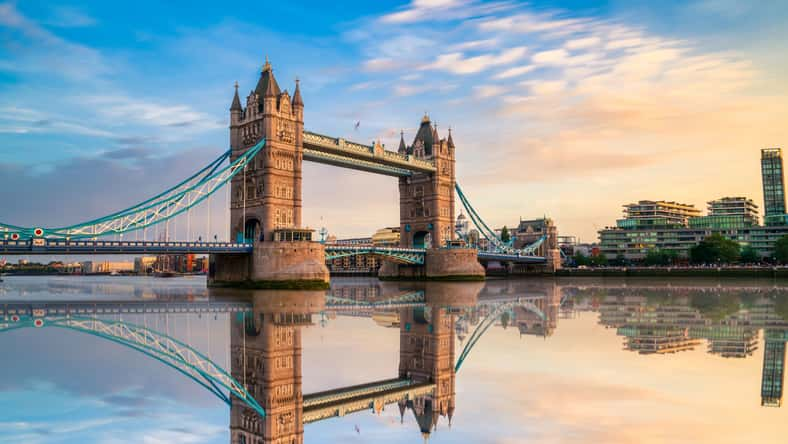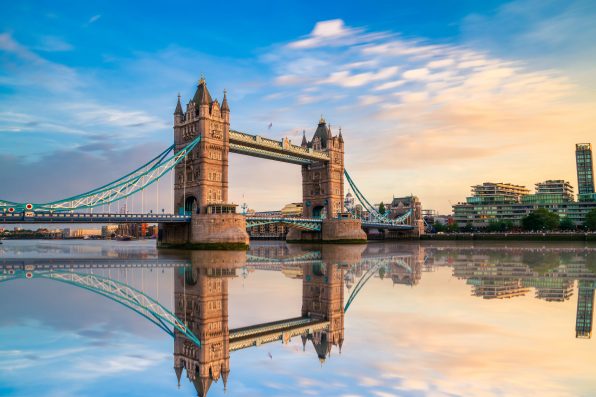Archaeologists In Britain Recently Unearthed Three New Sections Of A Roman Barricade Constructed 2,000 Years Ago To Defend London From Attacks

In Britain, archaeologists uncovered three new sections of a riverside wall that Romans built to defend London from attacks 2,000 years ago.
The sections are part of a barricade that encircled the entire city, suggesting that Romans occupying London in the third century were anxious for protection against invaders.
The riverside parts of the ancient Roman wall were constructed along the Thames River. The well-known inland wall of London has been studied extensively, but the riverside portions have been forgotten until now.
They were found on Upper Thames Street near the Riverbank House, as well as Sugar Quay and Three Quays on Lower Thames Street.
The Museum of London Archaeology (MOLA) initially made the discoveries in 2006 and 2016 while carrying out a renovation project on Upper and Lower Thames Street. The sections measured a total of approximately 330 feet of the 6,000-foot wall.
The riverside wall revealed that the Romans prioritized defense over trade, as they were willing to cut London off from the wharves and warehouses located along the water’s edge.
The wall also served as a status symbol, enhancing the city’s prominence and establishing it as the epicenter of Roman Britain. In addition, well-preserved quay and wooden dock structures from the Roman era were discovered, demonstrating the importance of London’s Roman port.
The London Wall was built from Kentish ragstone that was transported over from Maidstone, a town in England. It reached up to 20 feet high, 10 feet in thickness, and was about two miles long.
But, over the past 1,700 years, most of the wall has been destroyed as the city expanded.

Pawel Pajor – stock.adobe.com – illustrative purposes only
Per the Department for Culture, Media, and Sport with Historic England, the 2,000-year-old riverside walls are now included on the National Heritage List for England, joining the only other uncovered portion of the riverside wall, which is currently at the Tower of London.
The three stretches of the wall have all been preserved underground, below modern buildings.
“Even in a really dense city like London, built up over 2,000 years, there are still mysteries to be revealed right beneath our feet,” said Duncan Wilson, the chief executive of Historic England.
He added, “The riverside wall remains an intriguing element of Roman London, which raises almost as many questions as it answers.”
Sign up for Chip Chick’s newsletter and get stories like this delivered to your inbox.
More About:News